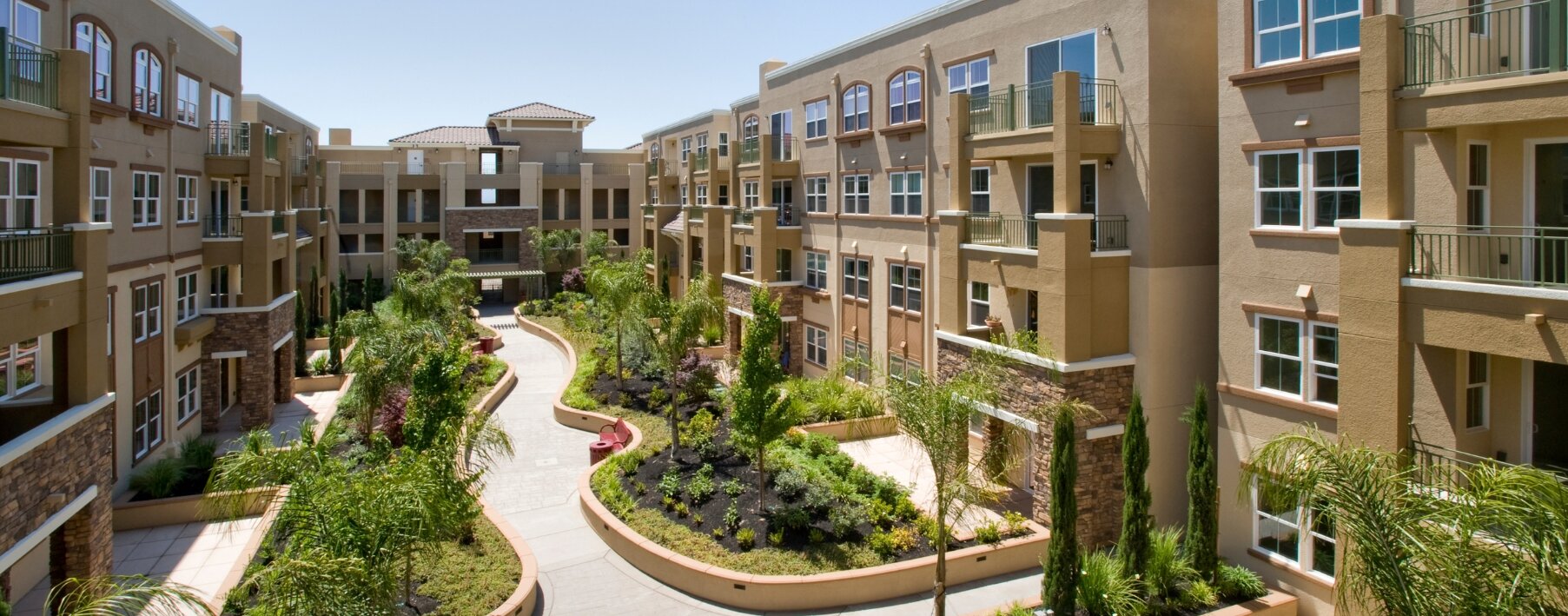Does Home Insurance Cover Roof Leaks?

Homeowner’s insurance can cover the damage from roof leaks if the leak originates from a covered peril, such as a tree falling on the roof during a storm.
Roof leaks and damage can occur in old homes and new ones, and the cost of repairing the damage to a roof can be covered by your home insurance policy if an unexpected event caused the damage.
Key takeaways:
- Home insurance covers the cost of repairing roof leaks or other damage if the cause is from a covered peril like fire, wind, or hail damage.
- Coverage for older roofs may not be settled on a replacement cost basis, taking into consideration depreciation of the roof
- Most standard home insurance policies do not typically cover roof damage that occurs from wear and tear or lack of maintenance.
What kind of roof damage is covered by insurance?
Home insurance offers protection against roof damage from covered perils through your dwelling coverage. This means if a strong hailstorm causes perforations in your shingles, your policy can help you cover the cost of repair. However, if the cause of damage is from a lack of maintenance like wear and tear, you will likely have to front the cost of repairs yourself.
Examples of covered perils
A peril is an event that causes damage to your property, like a hail or wind storm. These are called covered or named perils, and they are the events that are covered under your home insurance. The perils covered by your home insurance will depend on the type of policy you purchase, such as an HO1, HO3, HO4, HO5, HO6, HO8, DP3. Some common examples of covered perils by standard home insurance policies are listed below.
- Fire or lightning
- Windstorm or hail
- Vandalism or malicious mischief
- Riot or civil commotion
- Weight of ice, snow, or sleet
- Explosions or falling objects
- Accidental water or steam discharge
- Burst or broken pipes
- Damage from sudden electrical surge
- Damage from vehicles or aircrafts
- Fire, wind, lightning, or hailstorms
- Frozen HVAC system
Does home insurance cover roof replacement?
After a hail storm in your area, you notice water stains on the ceiling in your bedroom. You call your insurer who examines the damage and determines it was caused by damage resulting from the recent hail storm. Since hail is a covered peril under your contract, your insurance company will pay for repairs. If the roof must be replaced, your insurance company may pay to completely replace your roof with new materials. However, if your roof is older, your insurance company may pay you the replacement cost minus depreciation of the roof.
In another instance, you may notice a water stain on the ceiling in your bedroom and call your insurer. Upon examination, they may determine the cause of the water damage are leaks that are caused by your roof being worn over time. Wear and tear is excluded by most home insurance policies. Therefore, your insurer will not be able to help you repair or replace your roof.
Therefore, it is very important for you to maintain your roof in good condition and proactively replace it as needed. You should hire a professional to do a roof inspection at least twice once a year or after any major storms. Inspectors will typically check for cracks, leaks, drooping and other types of damage that could cause long-term harm to your roof. If your roof is between 15 and 30 years old, it could be time to replace it altogether.
If your roof is damaged due to neglect or wear and tear, your policy usually will not cover the cost of repairs. Below are some additional kinds of roof damage not covered by standard policies:
- Cosmetic damage
- Wear and tear or poor maintenance
- Squirrel, termite and other types of pest damage
- Mold and wood rot
As your roof ages, your Insurance coverage may calculate the depreciation of your roof over time before they determine your payout. The age of your roof at which depreciation is calculated and deducted from your payout will depend upon your insurance company. The likelihood of depreciation being applied increases as your roof ages especially when 15 years or older.
How to find a roof leak
It's vital that homeowners learn to spot their roof leaks as proactively as possible to minimize any damage. Wondering where to start? We’ve detailed the process below.
- Maintain your roof
- Remember to have a licensed professional inspect your roof annually especially as your roof ages. Please do not climb your roof to examine it yourself as this can be dangerous. Make sure you repair any wear and tear, and replace your roof before it reaches its useful age.
- Look out for warning signs.
- Some warning signs that could tip you off about a roof leak include: Musty odors in the home, missing shingles on the roof or water stains on the ceiling. Once you notice that something is awry, it’s time to investigate.
- Do what you can to mitigate damage
- While you might not be able to fix the leak yourself, you can take steps to minimize damage while you wait for repairs. You might catch leaking water with buckets, use fans to dry an area to prevent mold or use a wet vacuum to collect standing water.
- Contact your insurance provider
- Contact your insurance provider and let them know about the leak. From there, they will guide you through the process, giving you a cost estimate for repairs and a quote for how much they can cover.
How much does it cost to fix a leaking roof?
The cost of fixing a leaking roof depends on how much damage has occurred. Below are some price ranges for the different repair options:
- Minor repairs: $150-$400
- Moderate repairs: $400-$1200
- Major repairs: $1,200-$3,500
- Roof replacement: $7,500
Moderate repairs include fixing and sealing the roof’s fixtures, fixing or replacing shingles, or flashing, while major repairs include repairing the roof’s outer layer, replacing damaged wood in other parts of the home, or replacing shingles. Homeowners spend about $300 to $1,200 on roof repair in total, with minor repairs ranging from $150 to $400.
How to protect your roof
Roof damage can result from various factors. Some common are hail, ice damming, and tree damage. The chances of each occurring can be mitigated.
If you live in an area prone to frequent or large size hail, you may want to consider hail resistant shingles for your home. If that is not feasible, you should have a licensed professional inspect your roof annually. A roof free of wear and tear will survive hail more effectively.
If you live in areas with freezing temperatures, ice damming may occur. Ice dams occur when ice forms along the eaves of your roof. This can result in dislodged gutters, loose shingles, and water running back into your attic or other areas of your home. Water damage from ice dams are caused when heat is released from your attic melting the ice. Therefore, the following can help prevent damage from ice dams:
- Ensure strong insulation
- Raking ice dams from outside your home
- Caulk or seal openings where heat escapes into your attic
Detached branches or falling trees can cause significant roof damage. It is important therefore to ensure:
- Remove dead or diseased trees from around your home
- Cut back branches that overhang your roof
- Remove moss or mold from your roof
When you’re diligent about scheduling roof inspections and remedying roofing issues as they occur, you can avoid costly repairs down the line. The more proactive you are, the less you have to worry about future issues arising and the more you can enjoy your home.
When to make an insurance claim for roof damage
While homeowner’s insurance will often cover roof damage, it depends on the source of your issue. Covered perils typically include damage caused by fire, wind or hail, whereas damage caused by wear and tear or poor maintenance isn’t covered.
If the damage to your roof falls under a covered peril, then it could be time to make an insurance claim. Before you do so, consider whether the cost of repairs is more or less than your insurance deductible. If costs are minimal, you may consider paying for repairs yourself to avoid possible increased insurance rates.
To maintain the longevity of your roof, be on the lookout for warning signs of roof leaks and schedule roof inspections at least once a year.Contact us today to learn more about how we help small leaks from becoming big issues.



